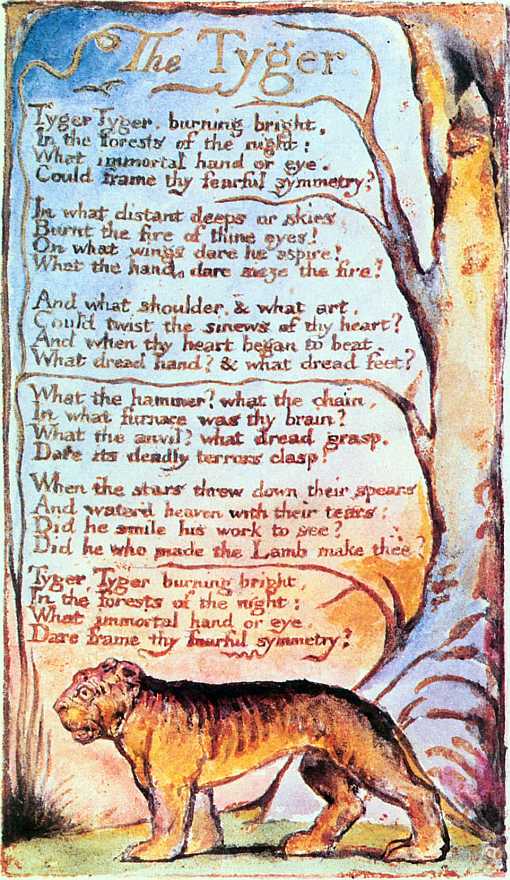My friend Ian first hooked me on Rikk Watts in late 2014, with a loan of the audio CD from Rikk’s seminar, “Knowing the Bible, Doing the Word“. I can’t hope to do justice to Rikk’s expertise in a blog post, but here’s my take on this lecture that made such a lasting impact on me.
It matters what kind of stories we tell ourselves, especially when the story is about our origins. Where do we come from? Why do we do this thing that we do? The stories of Genesis are exactly this kind of story: the origin story of Israel. (Existential angst predates modern invention.) To better understand these stories, we need to understand who tells the story, to whom, and why. And genre matters. (You don’t read Blake’s “Tiger tiger burning bright” and expect the spontaneous combustion of large feral cats in the middle of a forest!)

If we go with tradition, Moses wrote Genesis and Exodus and the rest of the Pentateuch. The story of Exodus and the God who saved them is the story of Israel’s identity. Then what is Genesis? Think about the pressing question on Israel’s mind, immediately following the miraculous Exodus: who is this God, and why did he save us? Genesis is the prequel that answers these questions.
Before we dive into the text, let’s take an aside to consider some cultural markers from the ancient Middle East.
After a conquering king established his lordship over the realm, his next move was to build himself a house. What do you call a king’s house? A palace. (Naturally the king doesn’t do his own building, he has his people do it.) This elaborate palace is strategically situated atop whatever hill or mountain affords the best view of the king’s domain. At the peak of the mountain, a lush garden fills the grounds. Somewhere in the midst of this garden, the palace emerges. Finally, the best seat in the house is the throne, where you find the king sitting and enjoying the fruits of his conquest.
To justify his rule over the people, the king tells the story of how he is the son of the god. To keep the people reminded of this story, he builds a house for this god. (Naturally the god doesn’t do his own building, he has his people do it.) What do you call the house of the god? A temple. Where is this temple? Atop a hill, situated in the midst of a garden. And what do you find in the best seat in the house? The image of the god, or the idol.

This idol is not a photographic image, but a pictograph. For example, the bull idol represents “strength” in the sharp horns, and “fertility” in the loins. This image is not the god himself, but a representation. It is understood that where the image of the god is, the presence of the god dwells. The cultic rituals of the temple reflect the people’s reverence for the god through the actions done to the idol: clothing, feeding, singing, praying. These rituals represent animation of the idol and invoke the presence of the god. You do no harm to the god if you harm the image. However, you reveal your opinion of the god by the nature of your interactions with its image.
The temple reveals the culture’s understanding of the cosmos. The layout of the temple is a microcosm of the entire known world. (Keep in mind that, of course, ancient peoples will have an understanding of the cosmos that differs greatly from how we see things today.)
Against this backdrop of pagan tradition, an interesting counter theme develops in Genesis.
The repetition and rhythm in Genesis 1 indicates a work of poetic genre, with symbolic and figurative language. The opening lines are informative: “formless and empty”. The first three days, he sets about creating forms: day and night; waters above, waters below; land and sea. (Notice the garden imagery in vv 11-12.) The next three days, he follows up by filling the forms: sun for the day, moon and stars for the night; fish for the waters below, birds for the sky above; all the critters on the land. Every day, “And God said” and “it was good” and “evening” and “morning” … God puts together cosmos in the language of temple-building, all the way up to day six.
And then … the repetition abruptly changes, as if to draw the reader’s attention to the inflection. “Let us make mankind in our image…” With the context of temple language, the poem should now turn to the installation of the idol. What does it mean when God starts talking about mankind? “So God created mankind in his own image, in the image of God he created them; male and female he created them.” Instead of installing some inanimate object as his representative image, God installs “male and female” as his image bearers. He appoints them caretakers of his temple garden, this earth. He surrounds them with a feast. And he says of his image bearers, “very good.” Then on the seventh day, he rests. But the poem stops there, so … the restfulness of the seventh day never ends.
Let this sink in for a bit. This is disruptive. This is a game-changer.
I know just enough about ancient literature to have an idea that most (all?) other foundational stories frame creation as the outcome of a war between the gods, with the victor emerging as the slave-master king over the minions who are to do his bidding. These stories back up the ruling regime and their subjugation of the people to forced labor.
Israel’s origin story turns this upside-down. I don’t build a home for God, he builds a home for me. I don’t set up an inanimate image of wood or stone for God, he installs me as caretaker of his home, his garden. I don’t feed the image of the god, this God feeds me out of his garden.
This story places great value on the earth as God’s home. How I treat the earth represents my treatment of his home.
This story places great value on each and every human being, as representative of the presence of Creator God. If the way I treat the image represents the reverence I have for God … that’s why it matters how I treat “the least of these.”
How powerful is that?!

